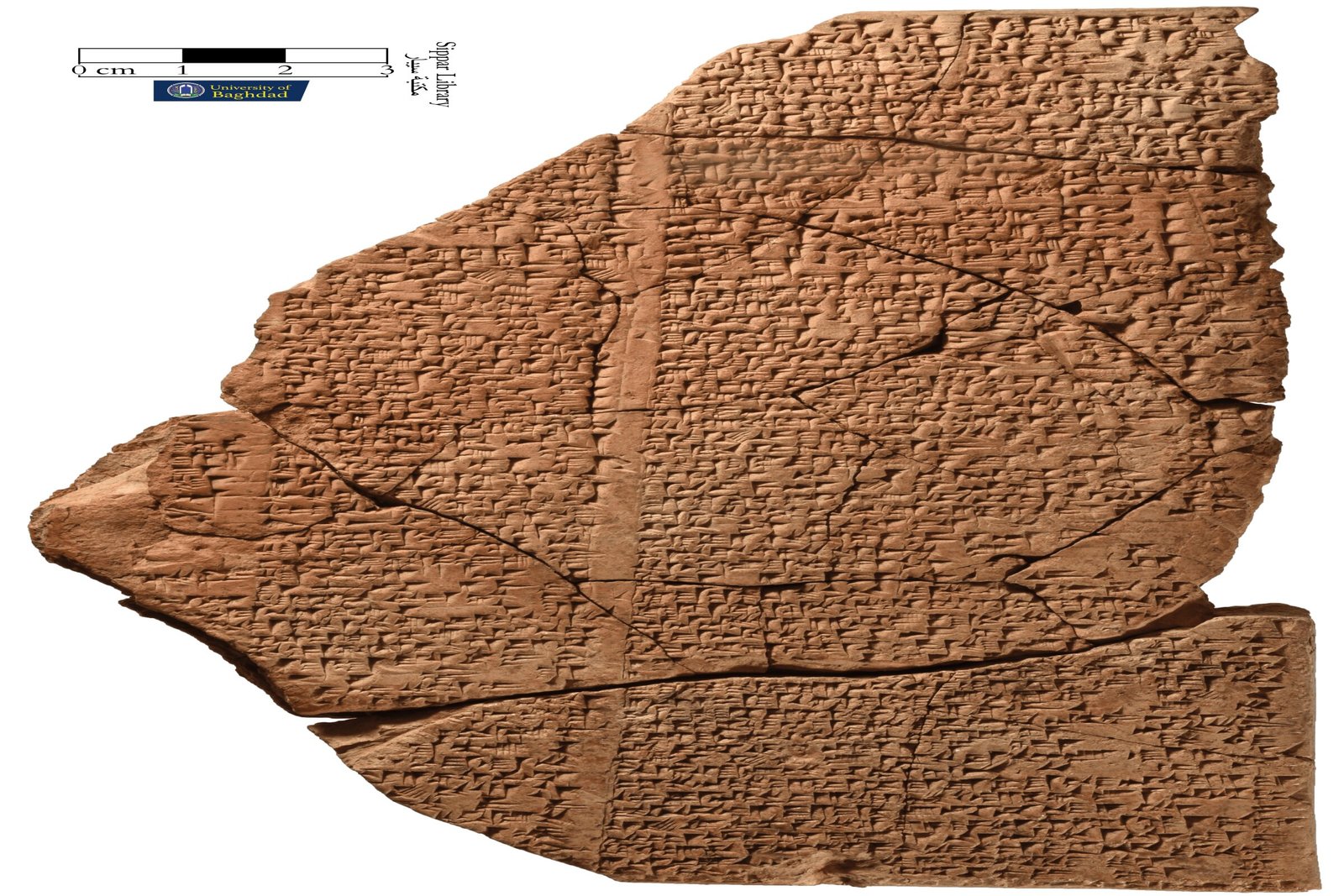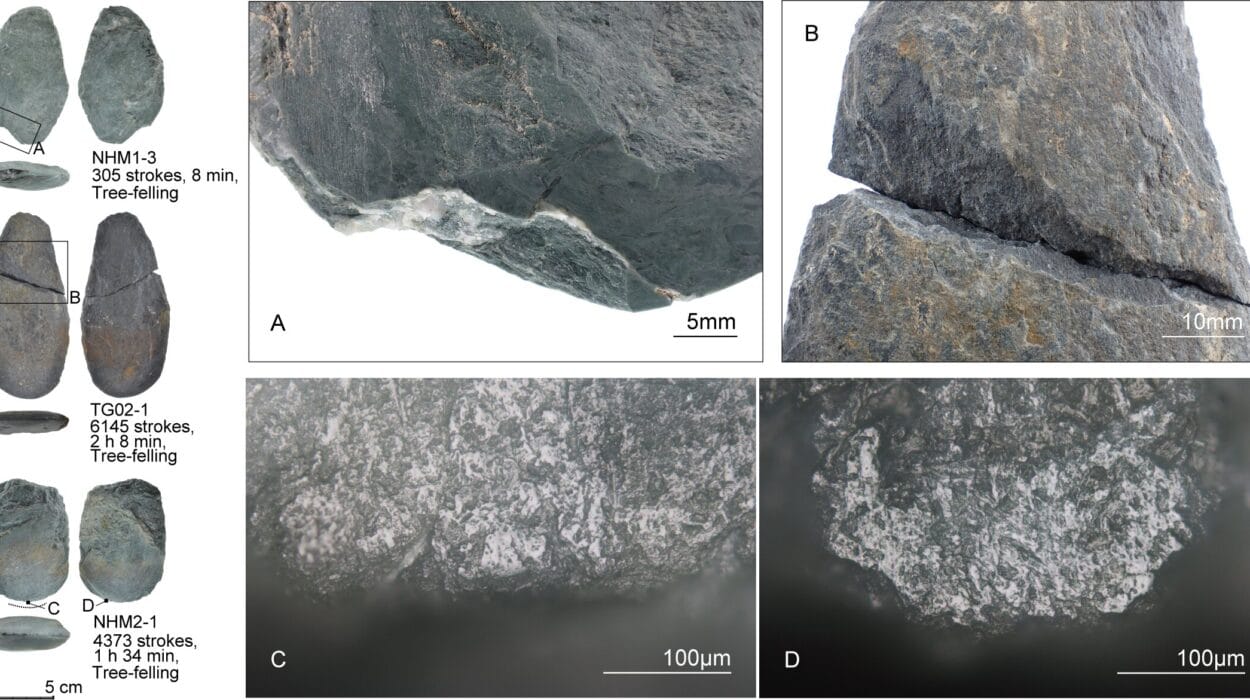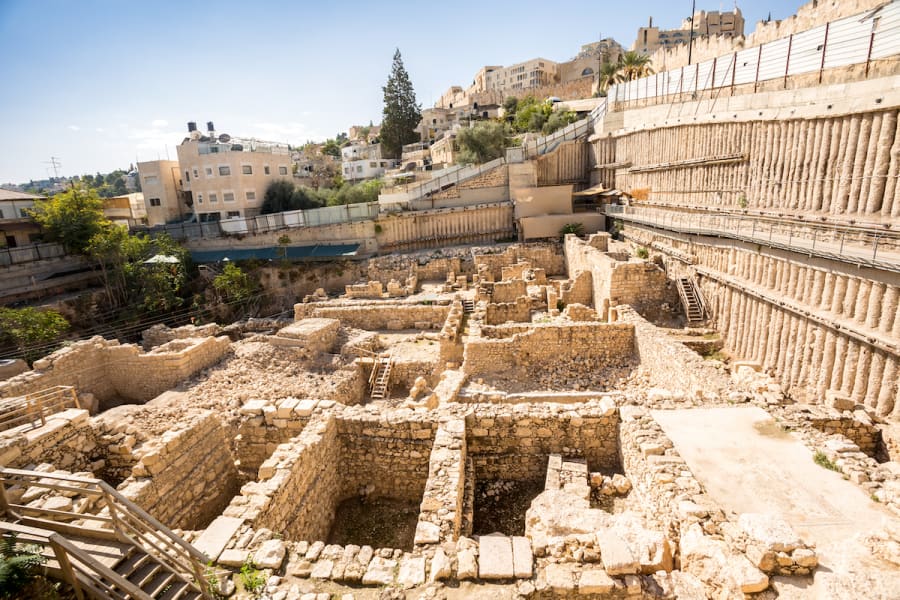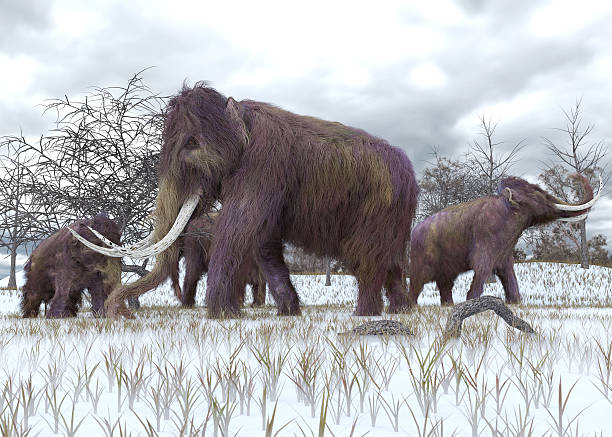For over a thousand years, it lay silent—etched into clay, hidden in dust, its words unread, its meaning forgotten. But now, a voice from ancient Babylon speaks again.
In an extraordinary fusion of ancient scholarship and cutting-edge technology, researchers at LMU Munich and the University of Baghdad have rediscovered a lost Babylonian hymn—a lyrical, poetic tribute to one of the most legendary cities in human history. The findings, recently published in the journal Iraq, are not only a breakthrough for Assyriology but a vivid reawakening of the soul of a civilization long buried beneath sand and myth.
“It’s a fascinating hymn that describes Babylon in all its majesty,” said Professor Enrique Jiménez, the lead researcher on the project. “It gives insights into the lives of its inhabitants, both male and female.”
And what a city it was.
The City That Once Ruled the World
Babylon, founded in the heart of Mesopotamia around 2000 BCE, was once the largest city on Earth. By the first millennium BCE, it had become a beacon of culture, knowledge, and architectural brilliance. Towering temples, lush canals, and scholarly libraries gave Babylon a sense of grandeur that echoed far beyond its mudbrick walls.
Its people, scribes, priests, merchants, and farmers alike, recorded their stories on clay tablets using cuneiform, one of the earliest writing systems in the world. Many of these tablets survived, scattered and shattered across centuries, but only in fragments—disconnected puzzle pieces of ancient memory.
Among them lay this hymn, overlooked for centuries, its fragments forgotten in the quiet archives of history.
A Digital Resurrection from Clay
Enter the Electronic Babylonian Library Platform—a digital initiative led by Professor Jiménez, designed to piece together humanity’s earliest literature. Using artificial intelligence and pattern-recognition algorithms, Jiménez and his team have digitized thousands of cuneiform tablets from libraries like the famed Sippar Library, which legend claims was once protected by Noah himself.
It was through this AI-supported system that the forgotten hymn came to light.
“We managed to identify 30 other manuscripts that belong to the rediscovered hymn—a process that would formerly have taken decades,” said Jiménez. With these additional fragments, the scholars were able to fully reconstruct a 250-line poem that had once resonated through Babylonian schools, temples, and homes.
Perhaps most astonishing of all, this hymn wasn’t a rare ceremonial chant tucked away in a royal archive. It was, in fact, popular. “The hymn was copied by children at school,” explained Jiménez. “It’s unusual that such a widely circulated text in its time was unknown to us before now.”
A Poet’s Love Letter to Babylon
The hymn paints a picture of a city pulsing with life and abundance. It praises the Euphrates River as the lifeblood of Babylon, carrying water through reeds and lagoons, bursting fields into bloom, and feeding the flocks that grazed on lush, green pastures.
In one particularly vivid stanza, the hymn sings:
The Euphrates is her river—established by wise lord Nudimmud—
It quenches the lea, saturates the canebrake,
Disgorges its waters into lagoon and sea,
Its fields burgeon with herbs and flowers,
Its meadows, in brilliant bloom, sprout barley…
For modern readers, these lines do more than describe a river. They offer an emotional glimpse into how the Babylonians saw their world—not just a landscape of survival, but one of splendor, symmetry, and divine generosity.
More unexpectedly, the poem also provides valuable cultural and sociological insights—particularly regarding the roles of women in Babylonian society.
Women, Worship, and Forgotten Histories
“This is the first time we have found such explicit details about the lives of Babylonian women—especially in priestly roles,” Jiménez noted. Mesopotamian texts often focus on kings, gods, and battles. Natural beauty and the daily lives of common people were, until now, underrepresented.
But this hymn changes that.
It describes women as vital spiritual leaders, conducting rituals, holding responsibilities, and serving as intermediaries between the divine and the earthly. For scholars, this is not just literary detail—it’s a revolution in understanding the gender dynamics of the ancient Near East.
The poem also speaks of social harmony and mutual respect, noting how Babylonians treated foreigners with kindness—an ethos that contradicts the warlike image often painted of ancient empires.
AI Meets Antiquity: A New Age of Archaeology
None of this would have been possible without the union of ancient language and artificial intelligence.
Deciphering cuneiform, the wedge-shaped script pressed into clay with reed styluses, is a task that once took lifetimes. Now, machine learning tools can match symbols, syntax, and context across thousands of broken tablets, speeding up the process exponentially.
By training algorithms to recognize recurring phrases and linguistic patterns, Jiménez’s team created what is essentially an AI-powered archaeologist—one that can sift through mountains of textual rubble and whisper, “This piece fits here.”
The discovery of the hymn demonstrates what’s now possible: not just preserving ancient knowledge, but actively reviving it.
Whispering Walls and a Timeless Voice
Babylon’s ruins still lie about 85 kilometers south of modern-day Baghdad. Once crowned with ziggurats and grand avenues, the city is now a scattering of stone and earth. Yet beneath that dust, its spirit remains alive.
This newly rediscovered hymn brings that spirit back into the light.
It tells of a city that knew beauty, reverence, and complexity. Of people who watched the seasons change, who felt awe at rivers and fields, who believed that to write was to remember—and that to remember was sacred.
In an era when digital tools too often seem to disconnect us from our past, this project shows their potential to bring us closer. To listen again to voices long silent. To find poetry in clay.
To hear Babylon sing once more.
Reference: Anmar A. Fadhil et al, Literary Texts From The Sippar Library V: A Hymn In Praise Of Babylon And The Babylonians, Iraq (2025). DOI: 10.1017/irq.2024.23






